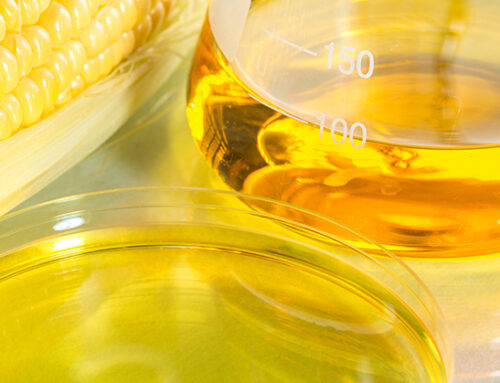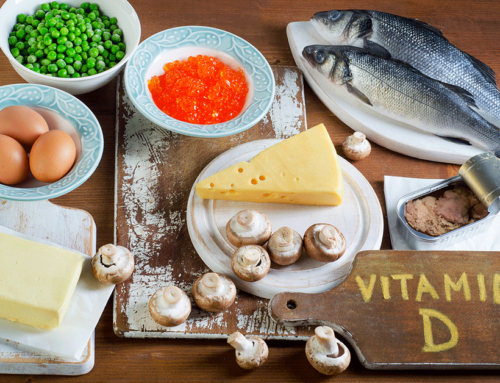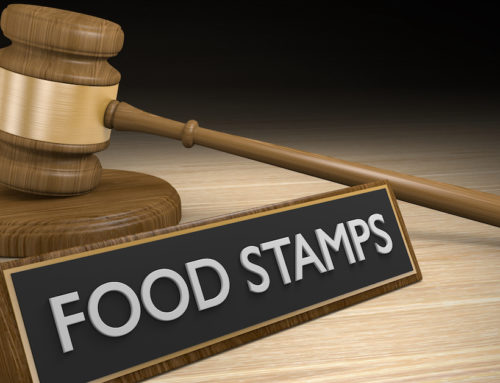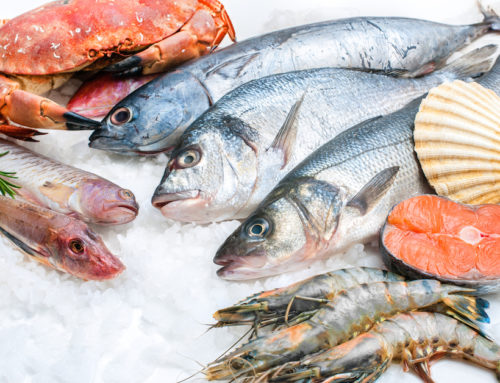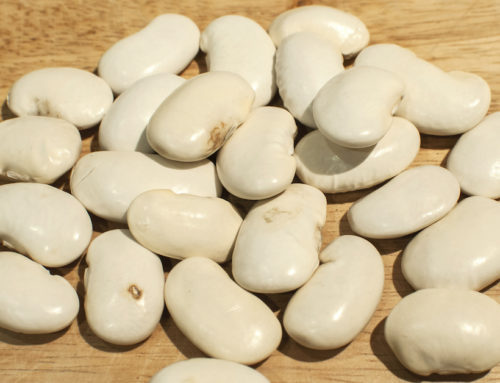They looked at the US diet, the Mediterranean diet, vegetarian diets. They looked at different calorie intakes.
Whatever the diet or the amount of food Americans consume, the scientists sitting on the Dietary Guidelines Advisory Committee (DGAC) found a serious shortfall in our consumption of choline. Most of us are eating from 14% to 37% less than the amount they call the Adequate Intake (AI).
And since these are mainstream medicine folks – no fans of nutritional medicine — the AI is very low indeed.
Choline is critical to brain health, and there’s growing evidence for its role in preventing inflammation, heart disease and some forms of cancer.
Now a new study suggests this nutrient may be a key factor in the development of diabetes. How much choline is enough, and what’s the best way to get it?
Lack of Education Among Doctors
Choline was only given essential nutrient status in 1998. It’s usually grouped with the B vitamin complex, and you’ll find a small amount of it in your B complex.
It has important roles in cell membrane signaling, protecting the brain against free radicals, maintaining brain mass, supporting energy, and prolonging normal levels of acetylcholine and other key neurotransmitters.
In spite of all these findings and more, a leading choline researcher, Steven Zeisel, MD, PhD, writes of the “lack of awareness, knowledge and education” among health professionals.
He is openly frustrated that deficits of this nutrient aren’t taken more seriously and wrote to the Dietary Guidelines Advisory Committee urging them to encourage people to eat choline-rich foods.
The latest study makes his recommendation even more urgent.
Link to Diabetes Tested in New Study
Animal research suggests that choline deficiencies are linked to insulin resistance. This occurs when insulin becomes less able to increase the uptake and utilization of glucose. It often leads to diabetes.
The condition is common in our society, where very high consumption of refined carbohydrates is common. In effect, our cells simply refuse to take in more glucose – blood sugar; they “resist” insulin, the body’s chemical for transporting glucose into our cells. Our cells tell insulin, “We’ve had enough.”
Since there were no human studies on choline and insulin resistance, researchers from Canada enrolled 2,394 men and women over the age of 19 to participate in their study.
The volunteers had their choline and betaine intakes assessed by questionnaire. (Betaine is also found in food and has its own health benefits, but can only be synthesized in the body in the presence of choline).
The researchers also took into account factors that could distort the findings. These were age, sex, calorie intake, physical activity, menopause, smoking, alcohol and medication.
The results were consistent with what was discovered in animals. Those in the top fifth of choline/betaine intake had the lowest insulin resistance. Those with the highest insulin resistance had the lowest choline and betaine intake.
How to Consume More Choline
The amount of choline ingested by study participants reflected the DGAC findings. On average, men were consuming 350 mg per day and women 290 mg These are considerably below the AI or Adequate Intake of 550 mg for men and 425 mg for women.
Even these serious shortfalls underestimate the problem, because one out of every two Americans has a variation that makes it necessary to consume larger amounts than the modest AI.
Under these conditions, it’s no surprise that a quarter of US adults have a fatty liver, a condition that can be caused by a low choline intake and reversed with normal levels.
In the opinion of Dr. Catherine Adams-Hutt, Chief Science & Regulatory Officer at Sloan Trends, “Choline has been effectively sidelined as a nutrient of key importance for no apparent reason.”
One of the reasons, perhaps the only reason, is that foods rich in choline tend to be high in cholesterol, something the medical authorities are keen for us to restrict in our diets. Eggs are the richest dietary source of choline – and were demonized by the medical establishment for years. This is probably a major reason for widespread choline deficiency. It’s now known that high-cholesterol foods have nothing to do with the level of cholesterol in the blood.
The DGAC ignored Dr. Zeisel’s recommendation for choline to “become the focus of public health efforts in order to promote optimal health.”
However, if you prefer to take the advice of someone like Dr. Zeisel who’s actually a choline authority, and thereby protect the health of your brain and your heart, and reduce your risk of diabetes and a fatty liver, you can increase your intake of choline by eating eggs, beef, liver and seafood.
Supplements Are Also an Option
There are many choline supplements on the market, and several different forms of the nutrient. Our sister company, Green Valley Natural Solutions, offers a choline supplement called Brain Vitality Plus. It contains citicoline, which we decided was the best form of this nutrient.
Another form of choline, GPC, is also popular and frequently used in the best formulas, but we found it can cause over-stimulation and insomnia in some people. The citicoline in Brain Vitality Plus is mildly stimulating for some people, but most users welcome the extra energy and have no problems with it.
Choline offers powerful brain health support, and the strong GPC form is actually used in Europe to treat Alzheimer’s patients.


